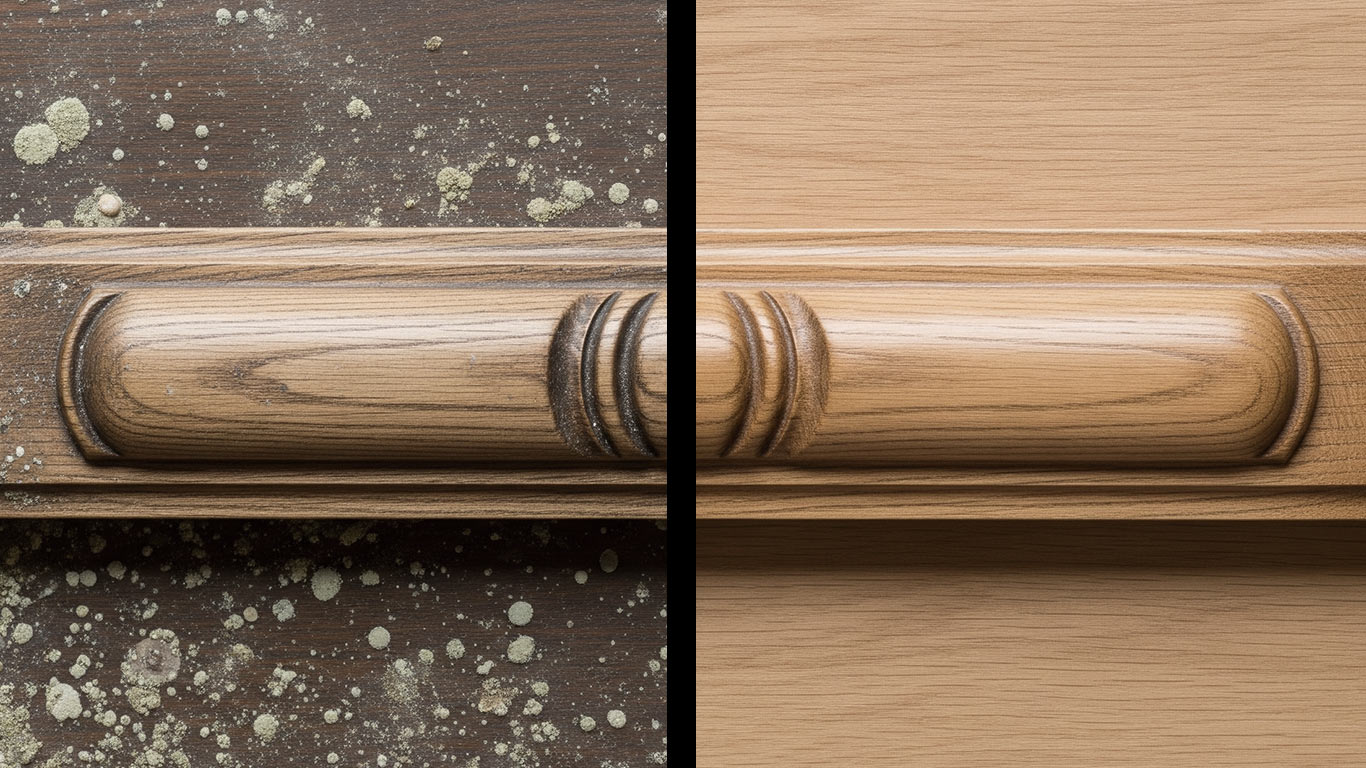
FDA
FDA 21 CFR 1040.10 - Laser Product Performance Standards



When laser cleaning hickory, its dense hardwood structure resists thermal damage better than softer woods, so stick to steady scan speeds to uncover clean surfaces without charring the underlying fibers
At 1000x magnification, the hickory surface reveals dark grime clinging tightly to its fibers. Contaminants fill irregular pores, creating a rough and uneven texture overall. Dirt layers obscure the underlying wood structure completely.
After laser treatment, the hickory surface shows a smooth and clear finish at 1000x. The process removes all visible grime, exposing fresh fibers beneath. Clean pores restore the wood's natural, even pattern fully.

FDA 21 CFR 1040.10 - Laser Product Performance Standards

ANSI Z136.1 - Safe Use of Lasers

IEC 60825 - Safety of Laser Products

OSHA 29 CFR 1926.95 - Personal Protective Equipment